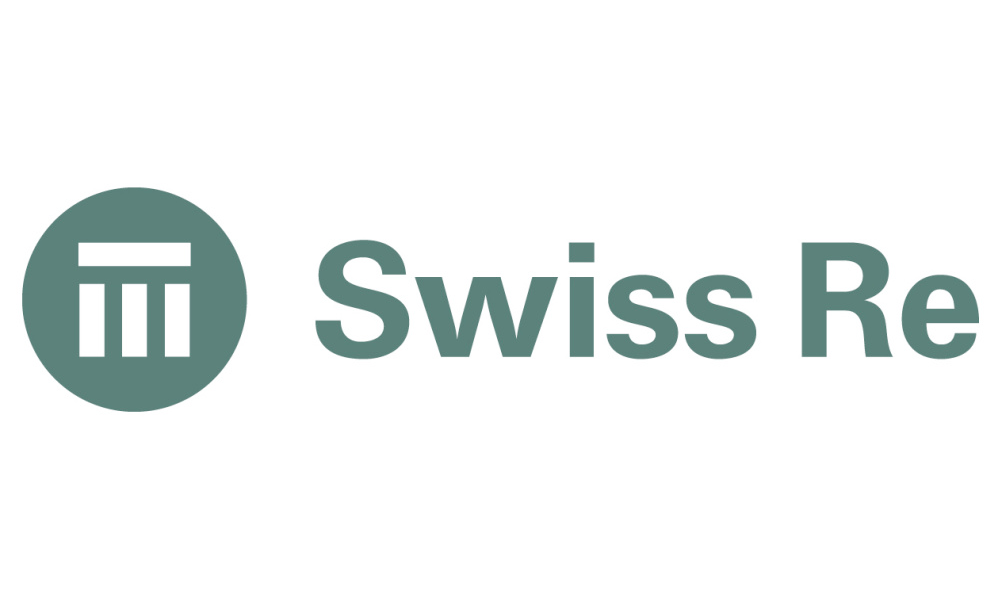US Auto Insurance Faces Deceleration and Inflation: Swiss Re

The United States auto insurance market remains under pressure as inflation, litigation, and rising repair costs continue to impact both personal and commercial segments, according to a recent analysis by Nelson (Senior Underwriter, CPO P&C Reinsurance at Swiss Re).
After years of underperformance, the Personal Auto insurance segment showed signs of recovery in 2024, recording an industry combined ratio of 97%, a notable improvement from the 112% peak in 2022. The rebound is attributed to declining claims severity and strategic rate hikes aimed at countering rising vehicle prices and repair costs.
In contrast, the Commercial Auto segment continues to face mounting challenges, posting a combined ratio of 108% in 2024 despite a 10% rise in premium income. The segment remains burdened by litigation, high claims costs, and reserving uncertainty.
Several economic and structural factors are driving losses across the auto insurance market. Although consumer price inflation has eased since its 2021–2022 highs, repair costs remain elevated due to labor shortages, supply chain disruptions, and the complexity of newer vehicle technologies. Additionally, medical inflation, driven by rising drug prices, technological upgrades, and administrative costs, is inflating bodily injury claim expenses. Data from KFF shows medical care costs have surged 121.3% since 2000, outpacing general consumer inflation.
Social inflation is also playing a critical role, contributing to rising loss severity. Heightened legal involvement and public sentiment against large corporations have intensified litigation, particularly in the trucking and rideshare sectors.
Emerging trends are adding further strain. Electric Vehicles (EVs), whose market share continues to grow, come with 29% higher average repair costs. Autonomous vehicles may eventually reduce traffic incidents, but they also introduce complexities for insurers in the short term. Meanwhile, claims severity for traffic accidents climbed steeply in 2023, with bodily injury claims up 20% and material damage severity increasing by 47%.
Trade policy is another cost driver. Tariffs on auto parts from China, Canada, and Mexico, first imposed in 2018 and recently expanded, are raising replacement part prices and contributing to supply delays.
Additionally, extreme weather events are becoming more frequent and damaging. For instance, Hurricane Helene caused flood damage to over 138,000 vehicles across six states, highlighting the increasing exposure of insurers to climate risks.
On the regulatory front, reforms in states like Florida have led to some relief. Changes such as the removal of one-way attorney fees and limitations on auto glass litigation have helped control rate increases. However, pending legislative proposals could reverse some of these gains, creating further uncertainty.
